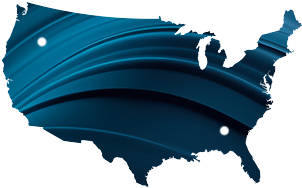This website uses a variety of cookies, which you consent to if you continue to use this site. You can read our Privacy Policy for
details about how these cookies are used, and to grant or withdraw your consent for certain types of cookies.
The Increasing Effects of Supercritical Velocity on Weirs
A defining characteristic of a weir is its need for the approaching flow to be sub-critical (Fr <1). Flow is accelerated from this slow state to the faster super-critical state (Fr>1) by means of the weir notch and spilling discharge. The acceleration of flow from the sub-critical to the super-critical allows for the establishment of the level-to-flow relationship in the slower upstream channel.
But what happens when the flow approaching a weir is already fast?
Under sub-critical flow, as the flow approaches the weir notch it accelerates and there is a drawdown in the region over the notch. The upstream level at the point of measurement is constant with that further upstream.

As the flow increases, the upstream level drops in relation to the level further upstream and the drawdown at the notch begins to disappear as the flow shoots over the crest.

The greater the approach velocity, the more pronounced the upstream level drop and overshoot. As a result, the indicated head is lower than would be present for flow under sub-critical conditions – the weir under-indicates the actual flow rate.

Source: Iowa Institute of Hydraulic Research
Related Blog Posts
Explore more insights in our blog.

LOCATIONS IN ATLANTA, GA & BOISE, ID


